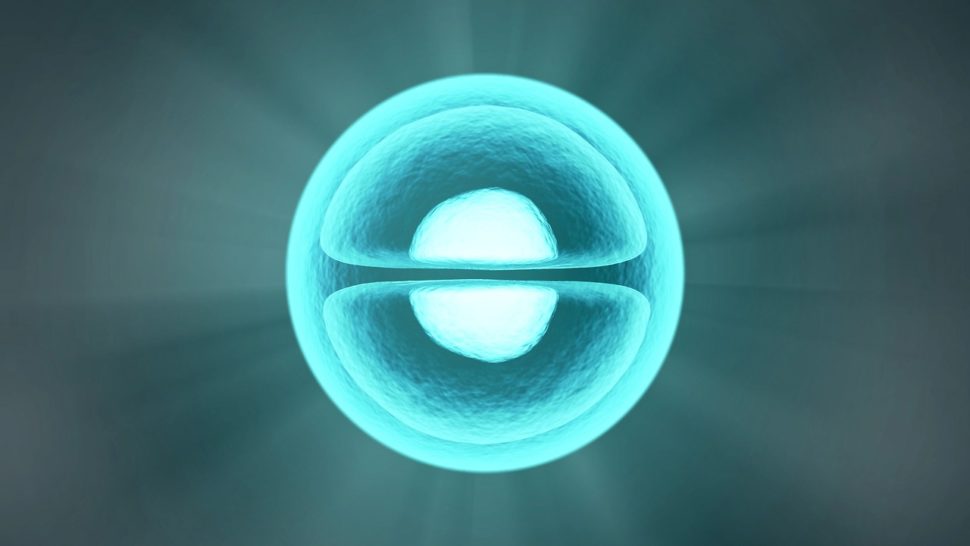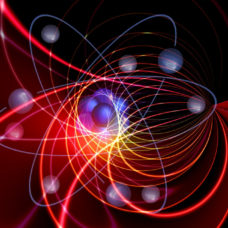Most of today’s refrigerators and air conditioners use a compressor to drive their cooling processes.
Instead of the compressor, an absorption refrigerator uses a heat source to drive the heat-extraction cycle.
French engineer Ferdinand Carré (1824 – 1900) was one of the first to develop a form of absorption refrigeration for commercial use.
The absorption cooling system Carré invented in 1857 remained in use well into the 20th century.
Albert Einstein, mostly known for his off-the-charts contributions to theoretical physics, tried his hands at absorbent fridges
Between the late 1920s and early 1930s, Einstein and his student Leo Szilárd worked on a new type of absorbent refrigeration that contained no toxic gas.
However, due to the onset of the Great Depression, the refrigeration technique fell by the wayside.
Quantum Fridge: Cool way to Test Nanoscale Thermodynamics
If the Einstein-Szilárd refrigerator never ended as a consumer product when first proposed, it could be more relevant now for environmental reasons.
Another area where Einstein left his indelible mark is in quantum mechanics.
Researchers at the Centre for Quantum Technologies in Singapore (CQT) recently created a nano-refrigerator that’s only 3 atoms big.
To build this quantum fridge, the team used three trapped ions holding three atoms of the chemical element Ytterbium (Yb).
Previously, scientists managed to bring heat engines down to a single atom, but quantum fridges, as heat machines, remained tough to crack.
“Our device is the first implementation of the absorption refrigeration cycle on the nanoscale,” said a CQT researcher.
It isn’t exactly the way they created this quantum fridge that intrigues us but its use.
What such an invisible cooling device is good for? Quantum thermodynamics.
“Studying such small devices is important to see how thermodynamics – our best understanding of heat flows – may need tweaking to reflect more fundamental laws. The principles of thermodynamics are based on the average behaviors of big systems. They don’t take quantum effects into account, which matters for scientists building nanomachines and quantum devices.”
Authors of the paper, published in Nature Communications, raise some interesting perspectives like the possibility of using quantum correlations as a fuel.



















Comments (0)
Most Recent